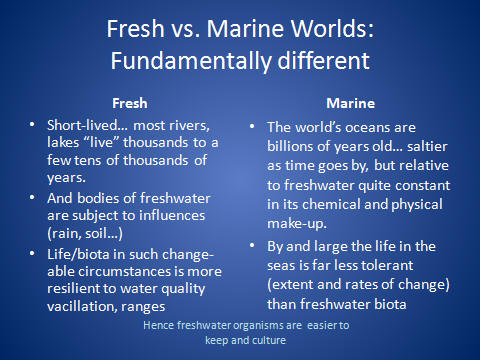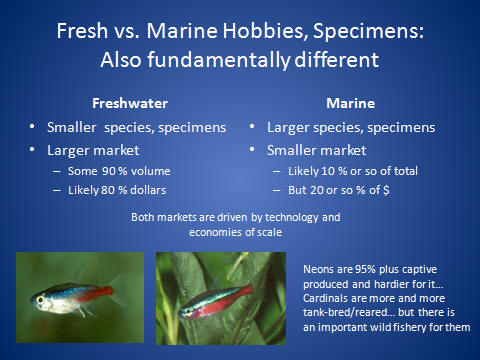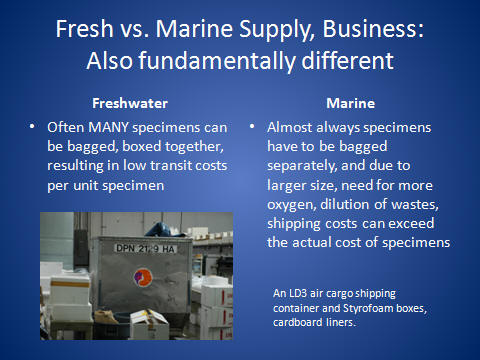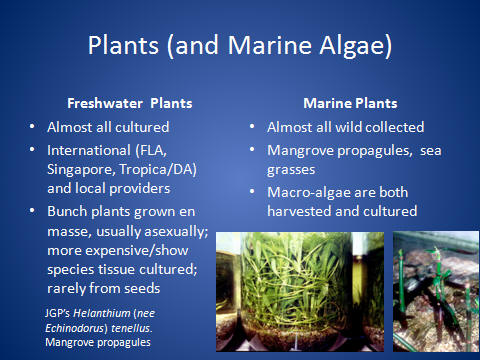|
Related FAQs: Collecting
Marines, Marine Livestocking FAQs
1, FAQs
2, FAQs 3,
FAQs 4, FAQs 5,
FAQs 6, FAQs 7, FAQs
8, FAQs 9, FAQs 10, FAQs
11, FAQs 12, FAQs 13, FAQs
14, FAQs 15, FAQs 16, FAQs
17, FAQs 18, FAQs 19, FAQs
20, FAQs 21, FAQ 22, FAQs
23, FAQs 24, FAQs 25, FAQs
26, FAQs 27, FAQs 28, FAQs 29, FAQs
30, Angelfish
Selection, Triggerfish
Selection, Angelfish
Selection,
Related Articles: Collecting Marines the Hawaiian Way, Super Nets For Collecting,
Collecting Your Own
Marines (With An Emphasis on Diving), Learn To Dive, Cyanide Usage in the Aquarium and
Live Food-Fish Industries: Causes, Impacts and Management of a
Pervasive Practice by Ivan Steward
Livestock From Around the World;
Where our Fish, Plants and more come from, Pt. 1
To: part
2
|
|
| Bob Fenner |
|
 |
|
| Where resources we use originate should not be a
mystery. As the ornamental aquatics fields are international
endeavours, it is especially important to determine where what we
buy comes from, in order to both be good consumers, as well as to
"cast our votes" with our money/commerce for better/best
practices. |
|
 |
|
| The freshwater and saltwater interests are quite
different in the present in terms of how livestock is generated.
Most of the fresh are captive produced, and almost all marines are
still wild-collected (though this is changing rapidly, with great
strides being made by both commercial and hobbyist
aquaculturists). |
|
 |
|
| Thinking about the environments themselves,
freshwater bodies are quite transient geologically, lasting just a
few thousand years generally. They fill in and become meadows over
just these few millennia. Compare this state with the world's
ocean/s... A much more stable and homogeneous make up, spanning
billions of years. This contrast is important in understanding the
relative hardiness, and tolerance of life from both areas...
Freshwater organisms are substantially more forgiving in change and
rates of change in their chemical and physical water quality. |
|
 |
|
| |
|
 |
|
| |
|
 |
|
| |
|
|
|

